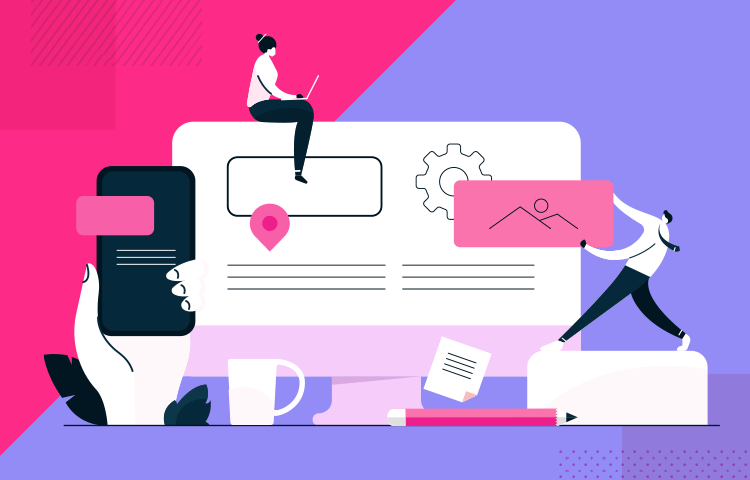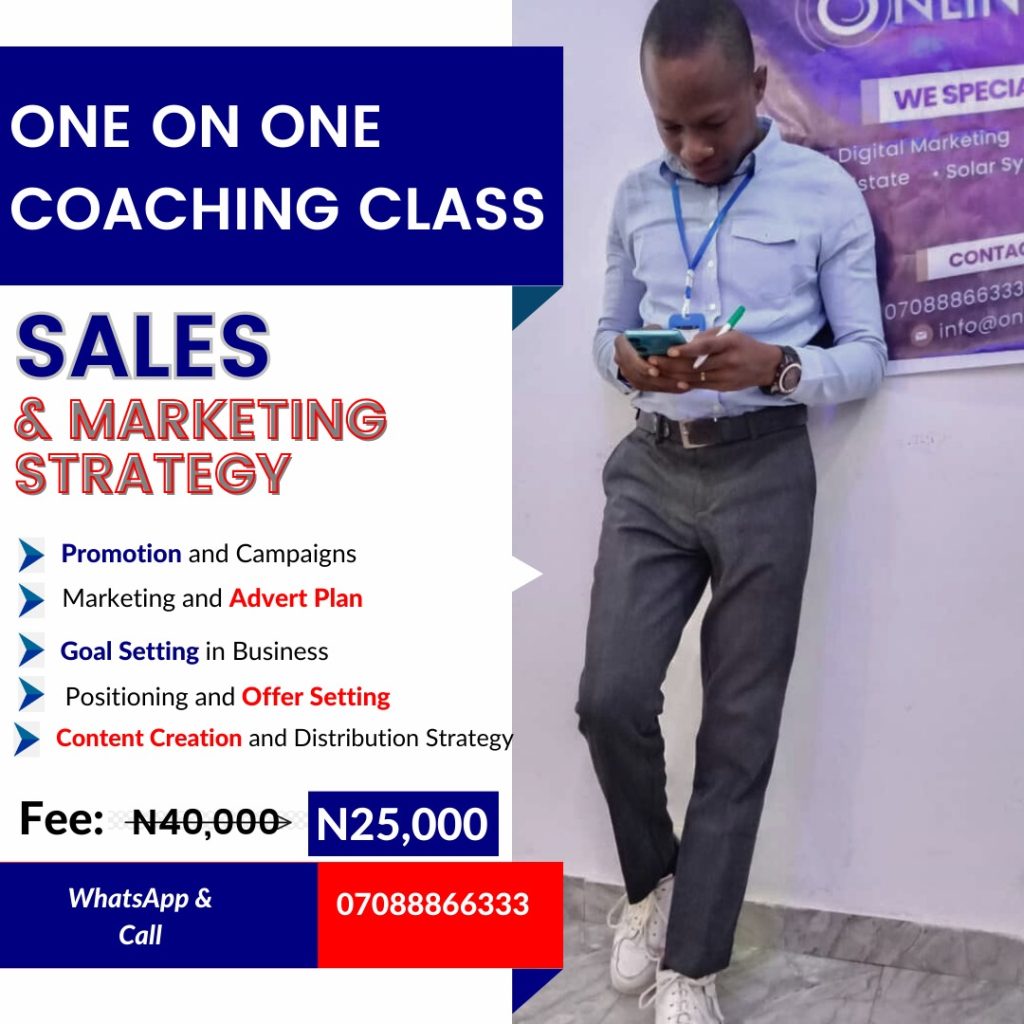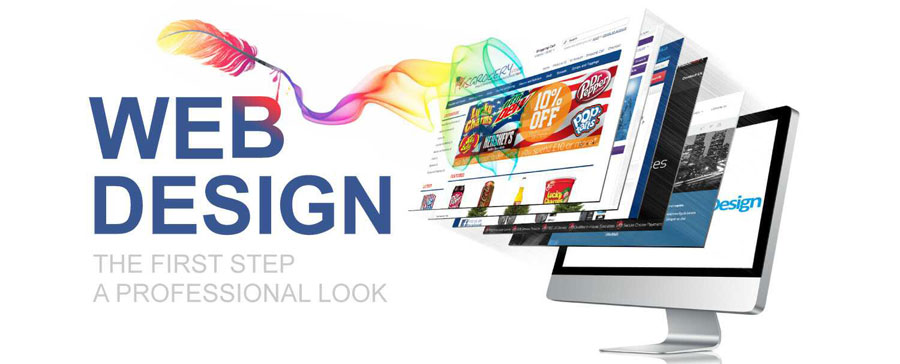As a business owner, you understand the importance of having a strong online presence. Your website serves as the face of your brand, representing your business and its values to potential customers.
OK, you know that having a website isn’t just a priority, it’s a necessity to compete in this day and age.
But having a website isn’t enough — you need one that is well-designed, responsive, and informative. Bad website design will make you shoot yourself in the foot, while a great one brings in excellent revenue.
In this article, I will discuss seven crucial ways that your poor website design is sabotaging your conversion rates.

1. Your Page is Way Too Slow
Speed kills.
In a Web 2.0 world, people simply aren’t going to wait for your site to load — especially if it’s their first time accessing it. Because of this, you need to put a good portion of your energy toward making your site fast.
In today’s fast-paced world, users expect websites to load quickly. If your website takes too long to load, visitors are likely to become frustrated and leave before even seeing your content.
Studies have shown that even a one-second delay in page load time can result in a 7% reduction in conversions. Considering the effort and resources you invest in driving traffic to your website, this is a significant loss.
To address this issue, it’s essential to optimize your website’s loading times and use tools like Google PageSpeed Insights. With this tool, you get the benefit of a complete site audit that will help you improve your site speed.
You’ll be given a score, with a breakdown of the matters to fix.
Some of the issues that Google PageSpeed Insights can help you correct include landing page redirects, busy CSS and JavaScipt processes, and slow-loading above-the-fold content.
No matter what sort of business you run, you need always to keep your eye on speed. The more you fix it, the easier it will be to get great conversion results.
2. Optimized Lack of Mobile Optimization
Right now, more than 50 percent of all Google searches are mobile.
With the majority of internet users accessing websites through their smartphones, neglecting mobile optimization can be detrimental to your conversion rates.
Studies have shown that 57% of users will not recommend a business with a poorly designed mobile website.
To ensure your website is mobile-friendly, consider implementing a responsive design.
The last thing you would want is to bring in these visitors, only to scare them off because your site isn’t mobile-optimized. Taking the time to design your site to work efficiently across all mobile platforms is your best investment.
3. The Site is too Busy and Confusing
Your website’s layout plays a crucial role in capturing and retaining visitors’ attention. If your website has a cluttered and confusing layout, users will find it challenging to focus on your content and navigate through your pages.
This can lead to a high bounce rate and a decrease in user engagement, ultimately impacting your conversion rates.
To create a clean and engaging layout, consider using whitespace strategically.
When your website has too much going on, it confuses people and makes it difficult for them to access it.
Map out the principles and information that you most want to get across, and prioritize it in your website design. Having too much clutter will only confuse your users, and cause them to bounce to another site, unlikely to ever return to yours.
4. Readability is a Concern
You will need to make your website as readable as possible.
People need to feel connected to you, and we’re in an age where content is incredibly important. The best content in the world doesn’t matter if you are using poor fonts or color schemes that don’t work.

The more work that you put into readability, the easier it’ll be to get conversions.
5. The Website Doesn’t Have Engaging Multimedia
If you want to convert, you must have multimedia that engages your users.
Get the help of a web design shop that can audit your site to make sure it’s super engaging and informative. Most website owners lack video content.
There are so many different ways to tell a story these days, so make sure that you are embracing video content to the fullest. This way, you can have a sales video to match your written sales page content.
You will also need to brush up on your use of search engine optimization (SEO) and the way that you integrate social media into your website.
6. The Call to Action Isn’t Strong or Clear Enough
No matter how much detail you put into your site, it’s not complete until you have a dynamite call to action.
Call-to-action (CTA) buttons are essential elements on your website that guide visitors toward the desired action.
If your website lacks clear and compelling CTAs, visitors may not know what steps to take next, resulting in missed conversion opportunities.
This call to action directs people to spend money with you. If you have a weak call to action, you can only count on weak conversion rates.
Put as much time and effort as you can into creating impeccable calls to action, and use them in a way that will be useful to you.
It might be worthwhile to outsource your writing services to be sure that you’re making the best use of this part of your site.
You will also want to come across as personable and convincing on video. Having an excellent video-based call to action will also help people know exactly what you are asking for, and will lay out every piece of information.
If you want to ramp up your conversions, you should consider sweetening the pot with freebies and promotions.
For instance, you can create a call to action that gets people to sign up for your e-mail list, in exchange for a free product that they can use.
The more you swing for the fences with the close, the better conversions you can expect to receive.
7. Your Navigation Isn’t Clear
Finally, make sure that you are also focusing on basic navigation principles.
Navigation is the backbone of any website. It allows users to find what they’re looking for quickly and effortlessly.
However, if your website has poor navigation, visitors will struggle to navigate through your pages, resulting in frustration and a high bounce rate.
Studies have shown that 94% of users’ first impressions are related to a website’s design, including its ease of navigation.
Make the best use of white space, learn the Rule of Thirds, and position the most important facets of the site in a place that maximizes visibility. The easier it is for people to navigate, the more effective your entire website will be.
Ways to Improve Your Website Design for Better Conversion Rates
Now that we’ve explored the crucial ways your poor website design can sabotage your conversion rates, let’s discuss some practical steps you can take to improve your website design and boost your conversions:
- Conduct a thorough website audit to identify areas for improvement, including loading times, navigation, and mobile optimization.
2. Optimize your website’s loading times by compressing images, minifying code, and utilizing caching techniques.
3. Simplify your website’s navigation by implementing a clear menu structure and including a search bar for easy access to information.
4. Ensure your website is mobile-friendly by adopting a responsive design and optimizing loading times for mobile devices.
5. Streamline your website’s layout by utilizing whitespace effectively and organizing content in a logical and visually appealing manner.
6. Develop and adhere to brand guidelines to ensure consistent branding across your website.
7. Enhance your website’s CTAs by making them visually distinct, compelling, and strategically placed.
By implementing these improvements, you can enhance your website design and create a better user experience, ultimately leading to improved conversion rates.

Conclusion:
Your website design plays a crucial role in determining your conversion rates. From slow loading times to cluttered layouts, each aspect can either enhance or hinder your chances of converting visitors into customers.
By addressing these crucial factors and implementing the recommended improvements, you can optimize your website design and create a better user experience.
Remember, investing in good website design is an investment in your business’s success. So take the time to analyze your current design, make the necessary changes, and watch as your conversion rates soar.
Don’t let poor website design sabotage your conversion rates. Contact us today for a professional website redesign that will drive conversions and grow your business.

